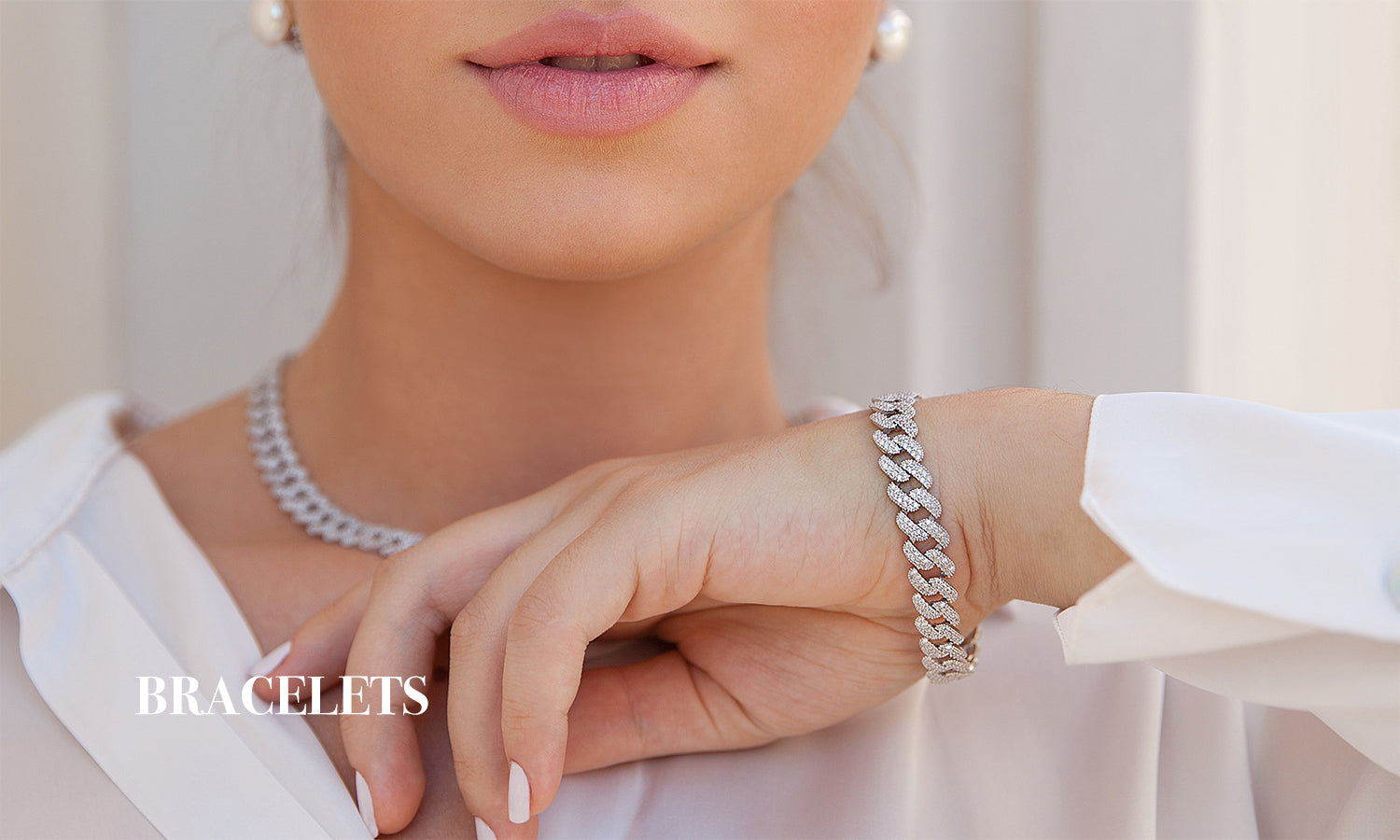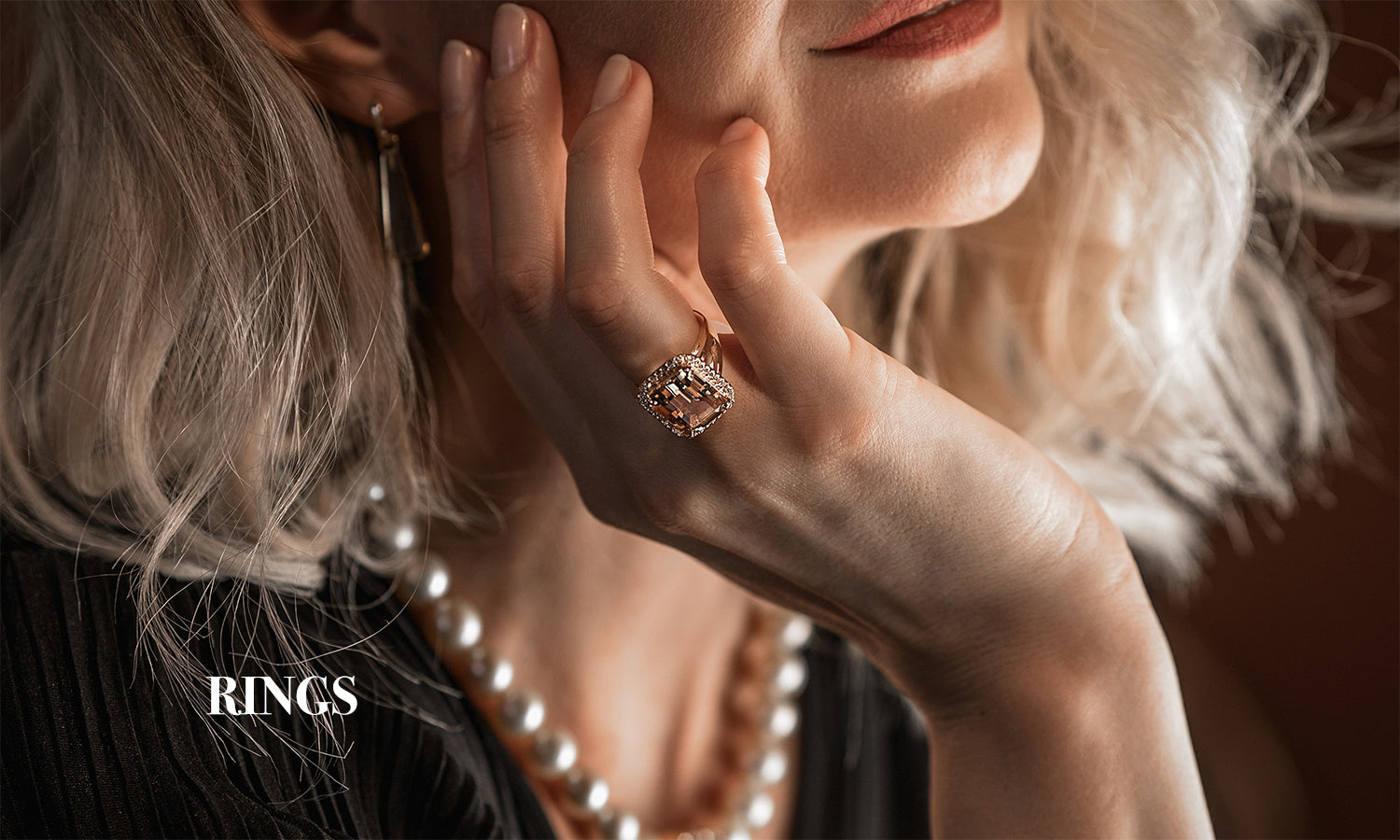
Discover the secret of Zircon, the oldest gemstone on earth
Share
Zircon is a natural gemstone that has an amazing optical beauty, thanks to the prismatic color reflections, and competes in brilliance with the diamond. It is one of the most coveted gems in jewelry, and today we will tell you some of the secrets of the oldest gemstone on earth.
Discovery of zircon
Zircon is one of nature's most interesting and misunderstood precious gems; it has been sought after and treasured by a multitude of civilizations without knowing that it was the oldest gemstone that ever existed. Thanks to American scientists at the University of Wisconsin-Madison and the technological advancement of dating, the origin of zircon crystallization has been deciphered exactly 4.4 billion years ago.
This gemstone has been known since the middle Ages. The oldest was found in Western Australia, estimated to be more than four million years old, and is considered the earliest record of the earth's crust. At that time, zircon was believed to help rest, induce deep sleep, ward off evil spirits, bring prosperity and promote honor and wisdom in its owner.
To this day, zircon is believed to relieve pain and is said to prevent nightmares, ensuring a deep and peaceful sleep. Beyond all this, the zircon is believed to bestow the wearer with wisdom, honor, and riches.

The brilliance of a diamond
Zircon may be the last crystal in the gemstone alphabet, but its sparkles, shimmers, and flashes of color or fire rival the diamond itself, so for centuries natural white or colorless zircons were mistaken for them. Today many jewelers and jewelers when you talk about zircon confuse it with zirconite, the synthetic crystal that is used to simulate the diamond, perhaps also because their names are quite similar.
Although transparent zircon can indeed be confused with diamond and zirconite, it is known for its brilliance and variety of colors. Zircon can be almost any color you can imagine: including red, yellow, orange, brown, brown, green, champagne, gold, and saffron, but the most valued color is blue. They are all different and pure and have a striking and distinctive fire that distinguishes them from other gems.
Zircon has one of the highest refractive indexes in nature surpassing three of the four great gemstones; ruby, sapphire, and emerald. For gemologists, the refractive index of a gemstone is an optical property that refers to the relationship between the speed of light in a vacuum and the speed of light through a transparent gemstone, a process that splits light into its spectral hues like a rainbow.
Then, the rainbow effect breaks down and focuses on the facets of the gem to create the brilliant light show we see. Translated into the language of the rest of us mortals, zircon is second only to diamond as the second brightest gemstone in all of nature.
In the gem world, one type of stone is often given different names for each of its colors, and this gemstone is no exception. Blue zircon is also known as blue brilliant or starlite.

Where to find it?
Zircon occurs as an accessory mineral in acidic magmatic rocks and their metamorphic derivatives. As it is a mechanically strong and chemically stable mineral, weathering detaches it from the parent rock and it becomes concentrated in fluvial gravels in the form of spherical grains.
Blue zircon was one of the favorite gems in the Victorian era so we can see it in many jewels of the time designed by great French firms such as Cartier or Bulgari. Although its greatest advocate was the famous gemologist of Tiffany & Co, George Kunz, who proposed the name "starlite" to promote the igneous nature of the gem.
Zircon like 99% of colored stones is commonly heat treated. Brown zircons can be transformed into colorless or blue through heat treatments. Zircon is a gem with a good hardness on the Mohs scale (6 to 7.5) and tenacity close to that of the diamond. Its deposits extend from Australia to the United States, but the main source of zircons used for jewelry is in Cambodia, near the border with Vietnam, so when cut in brilliant cut it is known as Cambodian Blue Brilliant. They are also found to a greater extent in Burma, Thailand and Sri Lanka. The least important are the deposits in Madagascar, Tasmania, Brazil, and Tanzania.

How to care for zircon?
The care and cleaning of zircon is simple, it is best to clean the gemstone with a soft cloth or soft bristle brush and neutral soap. Rinse the zircon with warm or room-temperature water to remove soap residue.
On the other hand, you should avoid using the ultrasonic cleaners used by professionals, especially if you are dealing with blue zircon. Of course, the use of aggressive chemicals or cleaning agents, especially bleach and acid, should be avoided.
All in all, Zircon is a natural gemstone with incredible characteristics, a remarkable gem with wonderful colors and brilliant flashes of light, and a wonderful treasure for jewelry wearers and gem collectors.
In addition, it is considered one of the natal gems of December making it a great gift for anyone born in the last month of the year or for those who appreciate the dazzling fire of its crystals.

Curious facts
- Natural white zircon is of such interest to geoscientists that it has given rise to a discipline, "zirconology".
- Its name probably comes from the Persian term "zargun" meaning "gold-colored". It is a delicate gem because it is easily damaged: it is very sensitive to pressure and shocks.
Giving a zircon as a gift
The ideal time is to celebrate the birthday of that special person who was born in December. Similarly, giving jewelry with these gems is a great bet to show that person how special he or she is. At Planderful we have a wide variety of zircon jewelry, whose beauty is as great as a diamond. Visit our website and find the perfect one for you and the women in your life!






